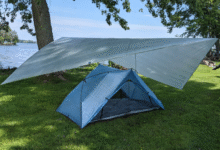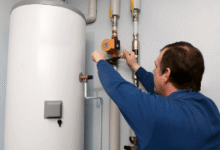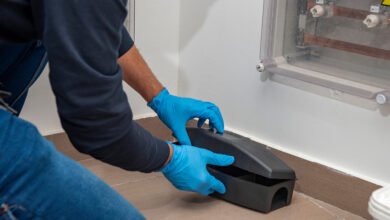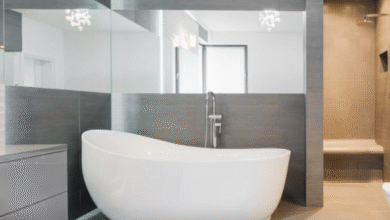Common Mistakes People Make During Tesla Charger Installation
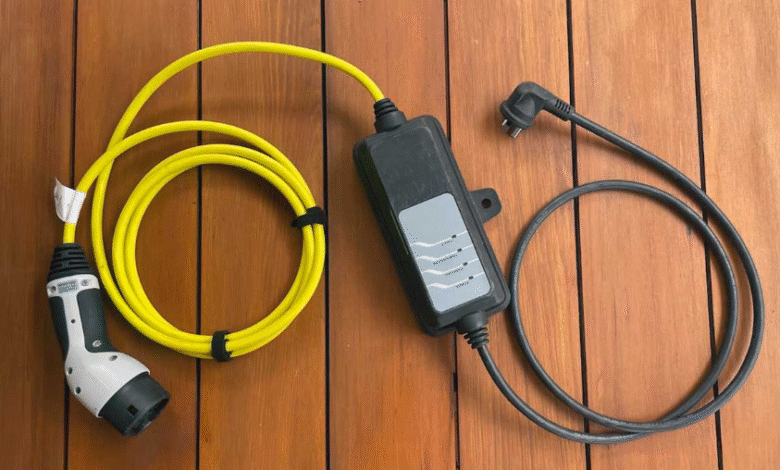
As electric vehicles (EVs) become increasingly popular, more homeowners in Sacramento are installing charging stations to support their eco-friendly lifestyle. However, installing a Tesla charger—or any EV charger—isn’t as simple as plugging in a device. Poor planning or incorrect installation can lead to safety issues, additional costs, and performance problems. If you’re considering Tesla charger installation Sacramento, it’s important to avoid common mistakes to ensure your setup is safe, efficient, and future-proof.
Why Proper Installation Matters
Before diving into the most frequent mistakes, it’s important to understand why proper installation is critical. A Tesla charger draws significant electrical current and must be installed in compliance with local codes and safety standards. Mistakes during installation can:
- Damage your home’s electrical system
- Reduce charging efficiency
- Void warranties
- Create serious fire or shock hazards
Let’s explore the common pitfalls that homeowners should watch out for when scheduling a Tesla charger installation Sacramento.
Mistake #1: Skipping the Electrical Panel Assessment
Assess Your Current Panel Capacity
One of the biggest mistakes is not checking if your current electrical panel can handle the additional load. Tesla chargers typically require a dedicated 240V circuit, and older homes may lack the necessary capacity.
Why It’s a Problem
Overloading your panel can lead to tripped breakers, overheating, or even electrical fires. During your Tesla charger installation Sacramento, a licensed electrician should inspect your panel and determine if an upgrade is needed before proceeding.
See also: Mortgage Broker Cambridge Expert Guide to Finding the Best Home Loans
Mistake #2: Choosing the Wrong Charger Location
Location Affects Performance and Safety
Selecting a poor location for your EV charger is another frequent issue. Some homeowners prioritize convenience without considering the charger’s exposure to the elements, distance from the panel, or cable reach.
Best Practices
- Install in a garage or covered area if possible
- Ensure proximity to your electrical panel to reduce wiring costs
- Choose a location that allows full cable reach to the car’s charging port
Mistake #3: Not Obtaining Permits
Permits Are More Than Paperwork
Some homeowners believe they can save time or money by skipping the permitting process. This is a major mistake, especially in Sacramento where building codes and electrical standards are strictly enforced.
Consequences of Skipping Permits
- Fines or penalties from the city
- Forced removal or reinstallation of the system
- Insurance claim denial in the event of an incident
A legitimate Tesla charger installation Sacramento should always include pulling the correct permits from the city or county.
Mistake #4: DIY Installation Without Proper Knowledge
EV Charger Installation Is Not a DIY Project
While it might be tempting for handy homeowners to install their charger themselves, EV charger installation involves more than basic wiring. Incorrect installation can be extremely dangerous and may violate local codes.
Risks of DIY Work
- Fire or electrocution hazards
- Improper grounding or voltage mismatches
- Incompatible circuit breaker installation
For safety and compliance, always hire a professional for your Tesla charger installation Sacramento.
Mistake #5: Using Inadequate Wiring
Not All Wires Are Created Equal
Using incorrect or low-quality wiring is a mistake that can severely affect your charger’s performance. Tesla chargers require a specific gauge of wire, depending on the charger’s amperage.
Dangers of Improper Wiring
- Overheating
- Reduced charging speed
- Premature equipment failure
Ensure that the electrician uses wire types and sizes that comply with Tesla’s and the National Electrical Code (NEC) standards.
Mistake #6: Ignoring Future Expansion
Think Beyond Today’s Charging Needs
Many homeowners install a charger that fits only their current EV, without considering future upgrades or additional vehicles. This short-term thinking can result in additional expenses down the line.
Future-Proof Installation Tips
- Choose a higher-amperage charger (if your panel allows)
- Leave space in your panel for a second circuit
- Use conduit that can accommodate more cables later
Planning ahead ensures your Tesla charger installation Sacramento serves you for years to come.
Mistake #7: Not Verifying Local Utility Requirements
Utility Rules May Vary
Utility companies in Sacramento may have specific rules about EV charger installations, such as load balancing, off-peak charging, or required inspections. Failing to check with your utility provider can result in delays or added costs.
What You Should Do
- Contact your utility before installation
- Ask about rebates, time-of-use rates, or incentives
- Ensure the charger is compatible with utility regulations
Being informed about utility requirements will help you maximize the value of your installation.
Mistake #8: Forgetting About Surge Protection
Protect Your Investment
A power surge can damage your EV charger or even your vehicle’s battery system. Unfortunately, many installations skip the addition of a surge protector.
Recommended Practice
Include a surge protector as part of your Tesla charger installation Sacramento. This small addition can protect against thousands of dollars in potential damage.
Final Thoughts
Installing an EV charger at home is a smart decision that adds value to your property and supports a sustainable future. However, making mistakes during the installation process can lead to major setbacks in terms of safety, efficiency, and cost.
By being aware of the common pitfalls listed above, you can ensure that your Tesla charger installation Sacramento goes smoothly and provides long-term reliability. Always work with a qualified electrician, secure the proper permits, and think ahead to avoid rework or costly repairs.

